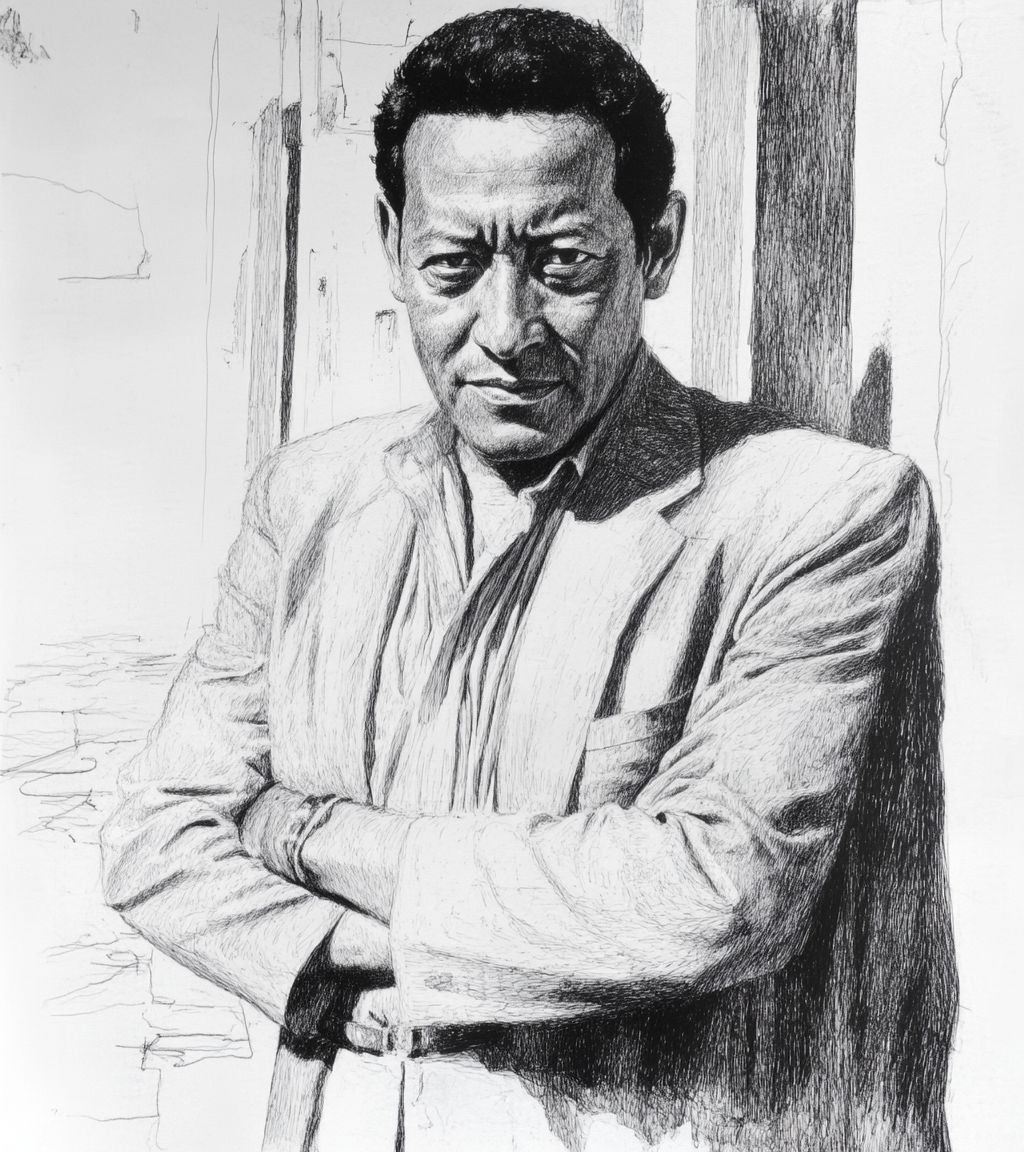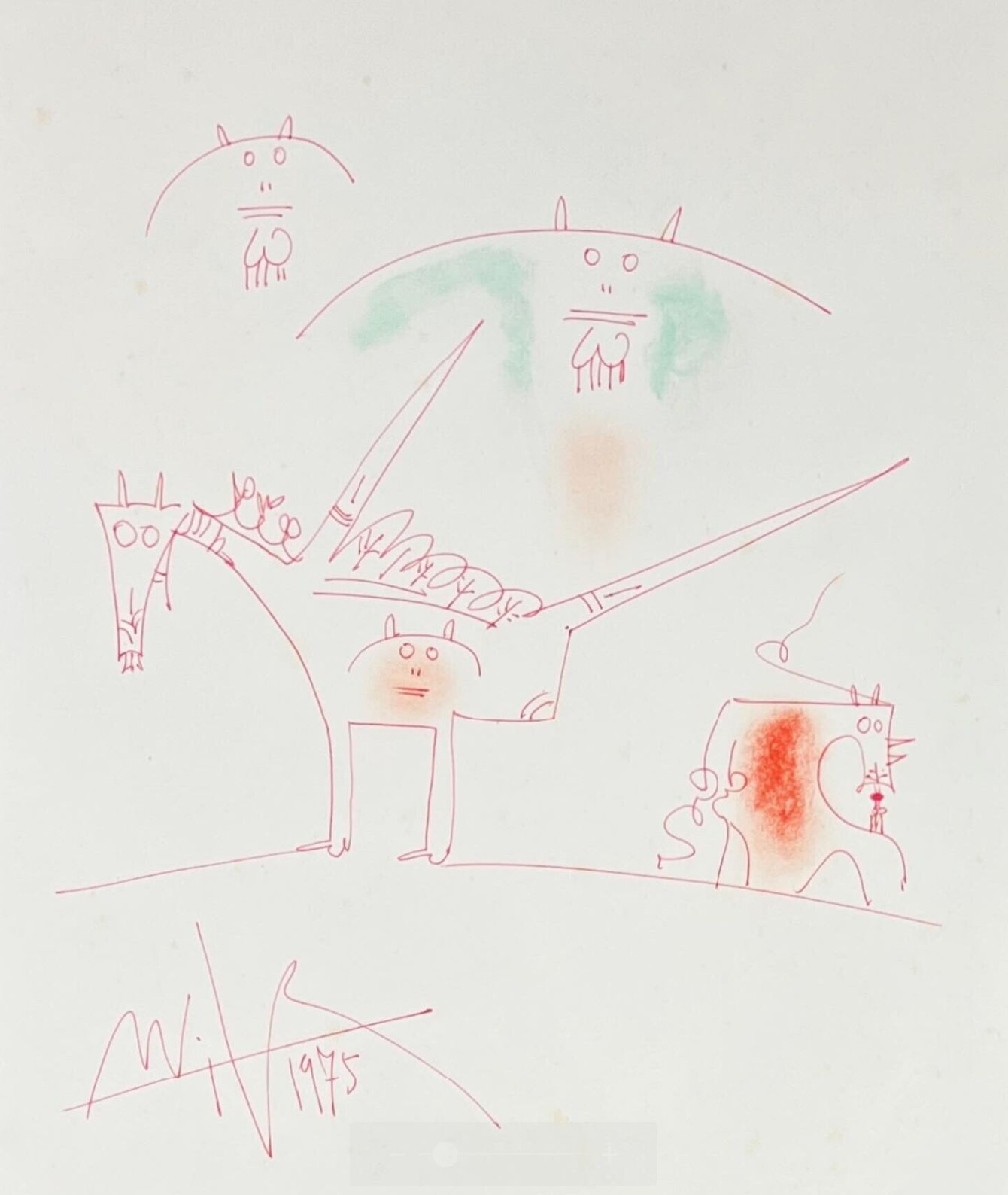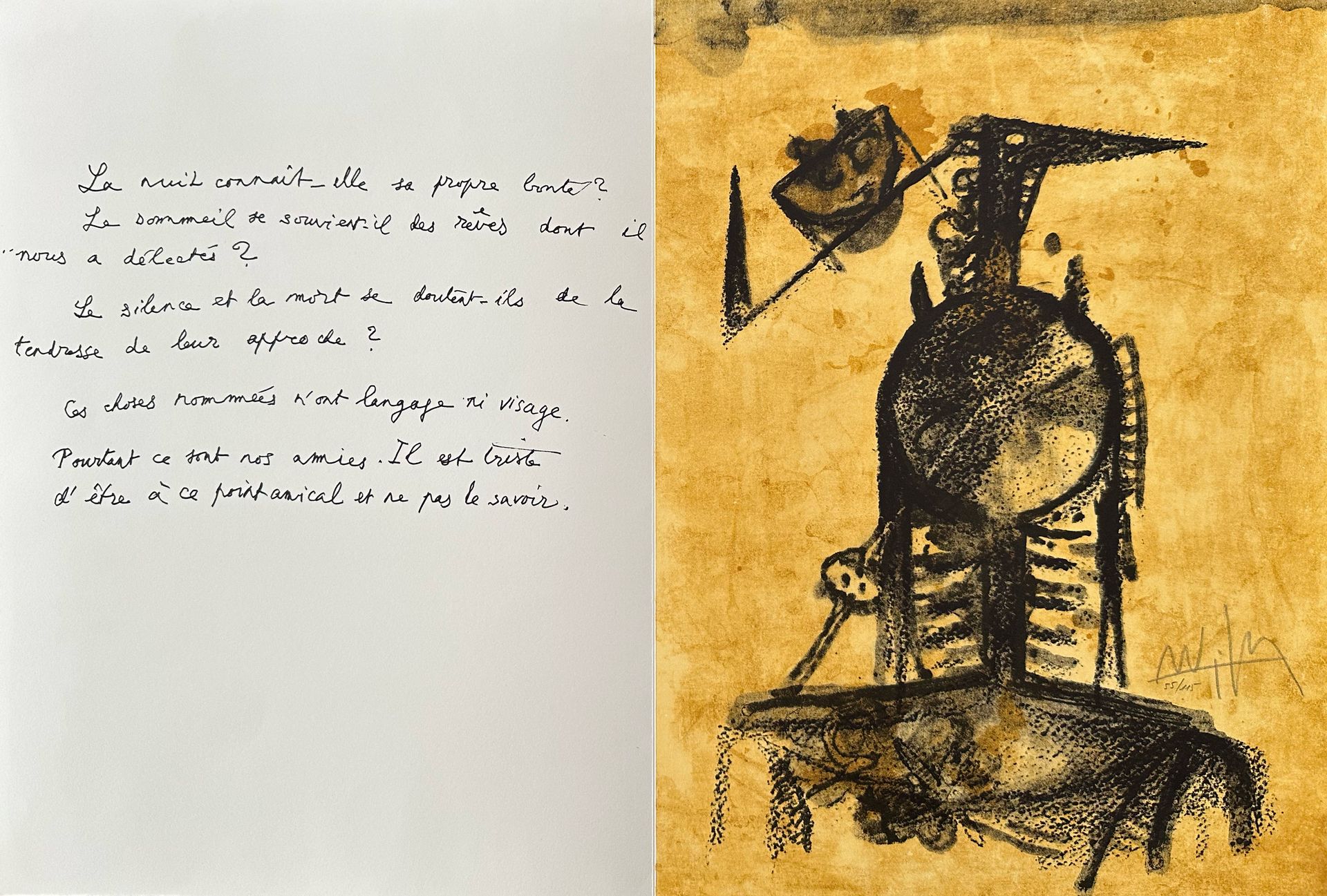
Wifredo Lam
Wifredo Lam studied at the Escuela de Bellas Artes in Havana before moving to Madrid in 1923 to continue his training. In 1938, he relocated to Paris, where he became close with major avant-garde figures including Pablo Picasso, André Breton, and others associated with surrealism. Returning to Cuba in 1941, Lam began to integrate his heritage and modernist influences into a distinct personal style.
Lam’s work is best known for its fusion of Afro-Cuban spirituality, surrealism, and cubism. He created dreamlike compositions filled with hybrid figures — part human, part animal, part plant — often evoking the spirits and deities of Afro-Caribbean religions such as Santería. His use of flattened space, masked faces, and rhythmic, almost mystical compositions reflected both his modernist training and his deep connection to his cultural roots. Lam sought to confront colonialism and racism through a visual language that was both cosmopolitan and deeply personal.
His most iconic painting, The Jungle (1943), housed in the Museum of Modern Art in New York, stands as a landmark of 20th-century art, capturing Lam’s unique vision of cultural hybridity and psychological intensity. Other notable works include Zambezia, Zambezia (1950) and La Mañana Verde (1943). Lam’s art was widely exhibited in Europe, the Americas, and beyond. Major retrospectives have been held at the Centre Pompidou (Paris, 2015–2016), the Museo Reina Sofía (Madrid), and Tate Modern (London), reaffirming his legacy as a global modernist who bridged continents, traditions, and artistic languages.



